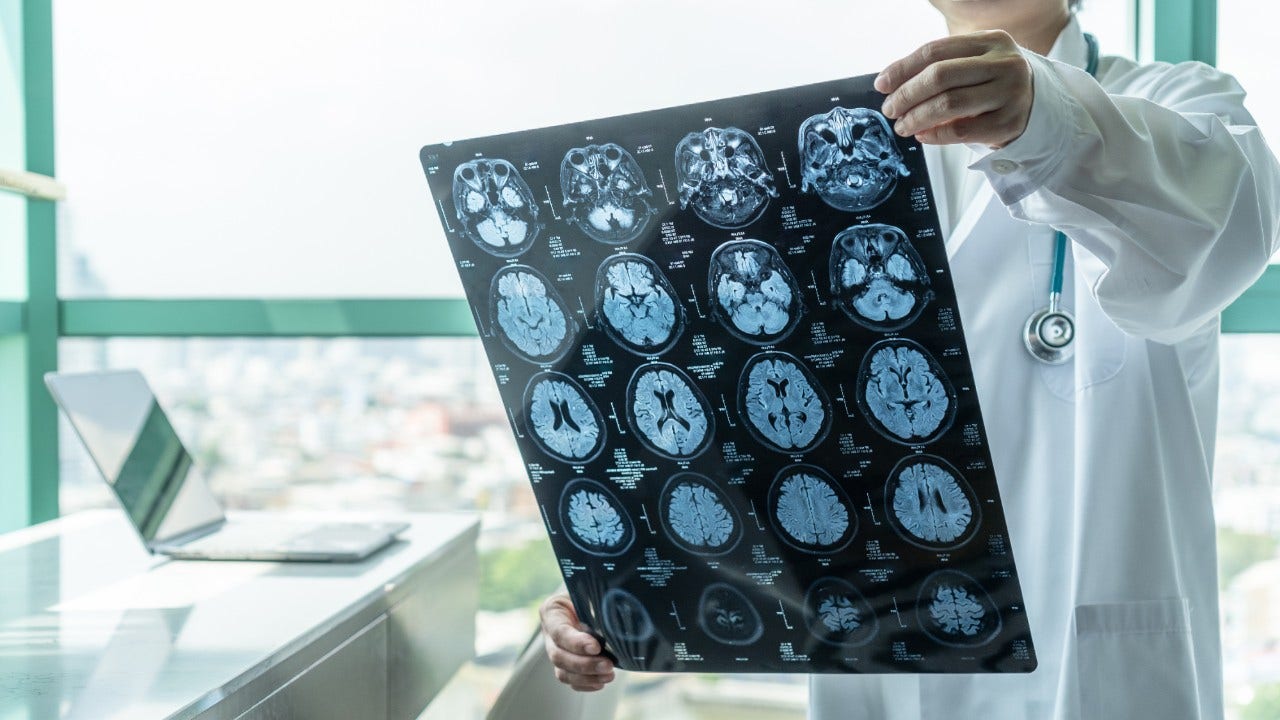
Is there a Brain Injury Awareness Month?
With head injuries accounting for over one million emergency room visits every year, it’s important to be aware of the impact these injuries can have on the brain, sometimes leading to traumatic brain injuries. March is Brain Injury Awareness Month, dedicated to raising awareness about brain injuries, promoting prevention strategies, and supporting brain injury survivors.
Common Causes of Brain Injuries
Brain injuries occur when the brain's normal function is disrupted. Some people are born with brain injuries, while others acquire them later in life. Common causes of brain injuries include:
- Congenital conditions
- Strokes
- Falls
- Sport-related injuries
- Car accidents
- Combat
Different Types of Brain Injuries
Brain injuries can be labeled as traumatic or non-traumatic and then classified as congenital or acquired.
- Non-traumatic Brain Injuries: Caused by internal factors rather than physical force, these can include strokes, brain tumors, aneurysms, and infections affecting the brain.
- Traumatic Brain Injuries: Caused by physical force, these could include head injuries from car accidents, falls, and sport-related injuries.
- Congenital Brain Injuries: Present from birth, these are caused by developmental or genetic factors, such as cerebral palsy and lissencephaly.
- Acquired Brain Injuries: Present after birth, these can include both traumatic and non-traumatic brain injuries from strokes, infections, car accidents, falls, or any other injury to the head or brain acquired after birth.
Put simply, a person can have a congenital non-traumatic brain injury, which means the injury or condition is present at birth due to developmental or genetic factors, not external trauma. After birth, a person can acquire a brain injury, which can be either traumatic—caused by an external force like an accident—or non-traumatic—caused by internal factors like a stroke.
Signs and Symptoms of Brain Injuries
Brain injury symptoms can include:
- Cognitive Issues: Difficulty with memory, learning, and problem-solving.
- Emotional and Behavioral Changes: Mental health concerns, irritability, and impulsivity.
- Physical Symptoms: Frequent loss of balance or coordination, seizures, headaches, and dizziness.
- Sensory Problems: Changes in vision, hearing, touch, smell, or taste. Those with traumatic brain injuries may also be sensitive to sensory input.
- Communication Difficulties: Challenges with communication or understanding speech.
- Increased Risk for Neurodegenerative Diseases: Conditions like Alzheimer's disease and chronic traumatic encephalopathy (CTE) can be more likely after repeated head injuries.
Can People Recover from a Brain Injury?
The prognosis and recovery from a brain injury can vary from person to person. Some people have mild brain injuries like a single concussion, while others have more severe brain injuries like a traumatic brain injury or stroke. The following can assist people with brain injuries in their recovery:
- Assistive Technology for Traumatic Brain Injury: Assistive technology can range from crutches, walkers, and wheelchairs to augmentative and alternative communication (AAC) devices for those whose injuries impacts speech and communication. You can learn more about assistive technology for TBI in our article on assistive technology for people with disabilities.
- Service Dogs for Brain Injury: Some people with brain injuries may have mobility impairments that can be mitigated with the help of a mobility assistance service dog. Other people with traumatic brain injuries may have medical alert service dogs to warn them before seizures or other medical episodes. Service dogs can be used for a variety of disabilities, including TBI, as well as mobility disabilities, psychiatric disabilities, allergen detection, diabetes, and autism.
- Therapies for Brain Injury: People with brain injuries may be in therapies for short-term or long-term needs. Types of therapy can range from physical, occupational, or speech therapy depending on how the TBI affects the individual, but some people with TBIs may also be in mental health therapy, especially if their injury was sustained through a life-altering event.
Brain Injury Prevention and Management
Everyday tasks can put people at risk of developing brain injuries, but incorporating simple preventive measures can help avoid these injuries or lessen their long-term impacts. Here are some prevention measures you can take:
- Healthy Habits: Managing blood pressure, cholesterol, diabetes, diet, and exercise can help prevent acquired brain injuries like strokes.
- Helmets: If you're biking, skateboarding, riding a scooter, or participating in sports like football or horseback riding, wearing a helmet is crucial to absorbing impact and protecting your head during falls or collisions.
- Seatbelts: Required by law to be worn by all vehicle occupants, seatbelts can help prevent head injuries during crashes, as airbags alone may not be sufficient.
- Home Modifications: The bathroom is considered the most dangerous room in a house for people of all ages. To prevent falls, install bathmats both inside and outside the shower or tub. For older adults or individuals with mobility issues, grab rails and shower chairs can provide extra support.
Did you know BraunAbility offers products and guides to help enhance your safety at home and on the road? Our wheelchair securement systems are made to ensure both manual and power wheelchairs are safely secured in the event of a car accident. Additionally, our guides on creating wheelchair accessible bathrooms and making accessible home modifications provide practical tips for making any space more accessible, safe, and comfortable for everyone.
Brain Injury Awareness Month is just one of the many disability awareness months that take place in March. Multiple Sclerosis Awareness Month and Developmental Disability Awareness Month also occur in March. Check out the related articles below to learn more about disability awareness months throughout the year.




